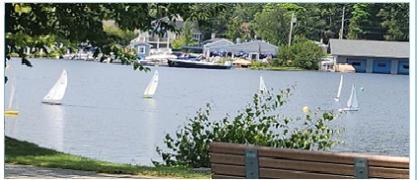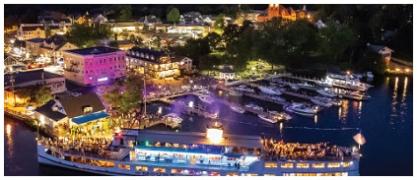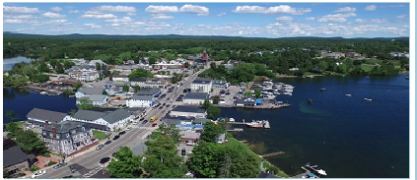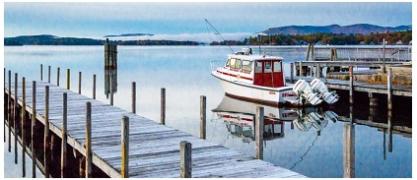About Us
This website is intended to assist our residents, those who might wish to visit us for a few days, weeks or months and those who might wish to move here permanently.
For people who are not residents, we offer some little known facts about New Hampshire: it has the seventh highest per capita income and among the lowest crime rates in the country. It is not surprising that New Hampshire is the only state in the Northeast to have experienced population growth in recent years.
Wolfeboro is a popular tourist destination because of its proximity to Lake Winnipesaukee, its unmatched scenic beauty and its small town New England character. Wolfeboro is also a retirement destination for people from all over the U.S. In addition to our four season recreation activities, some of the other factors which appeal to retirees include Huggins Hospital, which is located here, our excellent Fire and Police Departments, the pervasive spirit of volunteerism and a relaxed atmosphere. Then, too, there is the year round schedule of cultural events. We live in what we believe is a special place. We invite you to come see!
 The Town of Wolfeboro was granted on October 5, 1759, settled in 1768, and incorporated in 1770. It was granted by Governor John Wentworth and named for General Wolfe who was the hero of the Battle of Quebec. The fact that Wentworth built a mansion on Smith Pond (now Lake Wentworth) is the basis for Wolfeboro’s claim as the oldest summer resort in America.
The Town of Wolfeboro was granted on October 5, 1759, settled in 1768, and incorporated in 1770. It was granted by Governor John Wentworth and named for General Wolfe who was the hero of the Battle of Quebec. The fact that Wentworth built a mansion on Smith Pond (now Lake Wentworth) is the basis for Wolfeboro’s claim as the oldest summer resort in America.
Wolfeboro began as a farming community with the activity center being Dimon’s Corner. This settlement was on the stage route from Dover to Conway. Lumber and the growth and sales of apple products was a large part of early industry. Wolfeboro Falls became know as “Slab City” for wood related activities carried on there. Wood products remained a major local industry until the early 20th century.
For many years the “bridge” or downtown Wolfeboro was not the center of activity. Separate entities developed around Dimon’s Corner, Goose Corner, South Wolfeboro, Pleasant Valley, Wolfeboro Falls and Wolfeboro Center.
Beyond lumber and agriculture other industries came to Wolfeboro over the years commencing in the last half of the 19th century. These have included woolen blankets, shoes, clay pipes, excelsior, dairy products, pewter, clothes, etc.
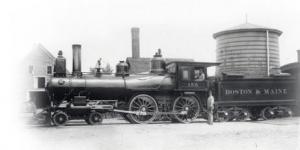 With the end of the Civil War and the building of the Wolfeboro R.R. in 1872, the tourist industry began to flourish. The Pavilion, the first hotel of major significance was built in 1850 and was followed by several others. The Mt. Washington launched in 1872 also brought in tourists by water during the summer season. Tourism continues to be a major industry for Wolfeboro.
With the end of the Civil War and the building of the Wolfeboro R.R. in 1872, the tourist industry began to flourish. The Pavilion, the first hotel of major significance was built in 1850 and was followed by several others. The Mt. Washington launched in 1872 also brought in tourists by water during the summer season. Tourism continues to be a major industry for Wolfeboro.

